Understanding Japanese Culture Mythology and Lifestyle Through Study of Shinto
While some may view Shinto as a complex and esoteric belief system, exploring its core tenets can unravel a world of Japanese cultural intricacies. Delving into Shinto not only sheds light on Japan’s spiritual history, but also provides a key to understanding the daily practices and traditions that shape the lives of its people.
By examining the origins, deities, rituals, and lifestyle influences of Shinto, one can begin to grasp the profound impact this ancient religion has on contemporary Japanese society.
Just The Basics

- Gain insights into Japanese culture, mythology, and lifestyle through Shintoism.
- Experience purification rituals, praying for good fortune, and attracting success.
- Personalized small-group tours with knowledgeable guides.
- Learn about Shinto history, etiquette, and rituals for a deeper understanding.
Shinto Origins and Beliefs
The Shinto religion, rooted in ancient Japan, reflects a deep connection to nature and reverence for ancestral spirits. Shinto architecture, characterized by shrines with distinct torii gates and wooden structures, plays a central role in the religious practices and beliefs of followers.
Shinto festivals, known as matsuri, are vibrant celebrations held throughout the year to honor deities, pray for good harvests, and foster community spirit. These festivals often involve traditional performances, processions, and offerings to the gods.
Shinto’s emphasis on harmony with nature and the spiritual world is evident in its architectural styles and festive traditions, embodying a profound respect for the natural environment and the divine forces believed to inhabit it.
Deities and Mythological Stories
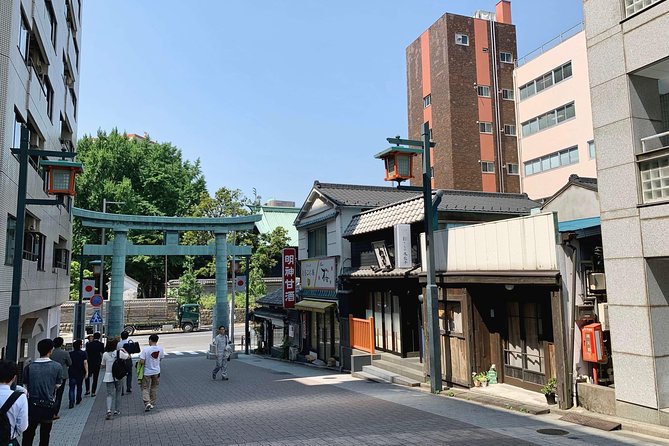
Shinto’s pantheon comprises a diverse array of deities and mythological narratives that shape the religious beliefs and practices of its followers. This rich tapestry of Shinto folklore and Japanese spirituality provides a glimpse into the intricate mythological stories that underpin the faith.
Three essential aspects to note about Shinto deities and mythological tales include:
-
Kami Diversity: The kami, or spirits, in Shinto belief embody various forms such as nature deities, ancestral spirits, and even inanimate objects. This diversity reflects Japan’s deep connection to the natural world.
-
Creation Myths: Shinto mythology includes stories of creation, detailing the origins of the Japanese archipelago and the divine beings responsible for its formation, offering insights into the culture’s beginnings.
-
Legendary Figures: From Amaterasu, the sun goddess, to Susanoo, the storm god, Shinto is rich with legendary figures whose tales exemplify virtues and vices, guiding Japanese moral and ethical values.
Shinto Practices and Rituals
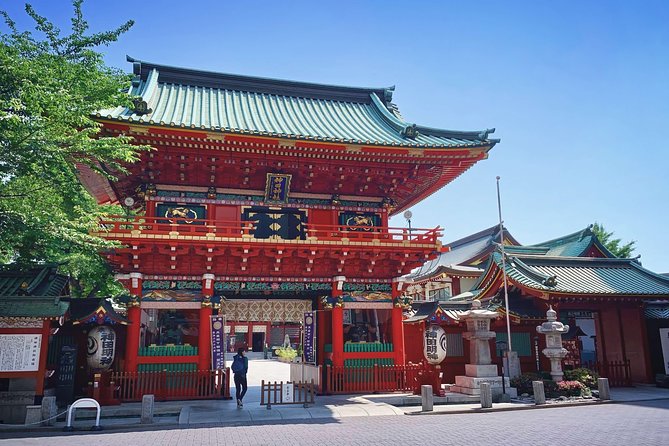
Exploring Shinto practices and rituals provides a profound insight into the spiritual traditions of Japan. Purification ceremonies, known as ‘Misogi,’ are central to Shinto rituals, aiming to cleanse the body and spirit. These ceremonies involve washing hands and mouth before entering sacred spaces to show respect and purity.
Shinto followers also engage in various rituals to establish and maintain spiritual connections with nature, ancestors, and kami (spirits). Offerings of food, sake, and prayers are common practices to show reverence and seek blessings. Through these rituals, individuals seek harmony with the natural world and honor the divine.
Shinto rituals play a vital role in fostering a deep sense of connection to the spiritual realm and upholding traditional values in Japanese society.
Influence on Japanese Lifestyle
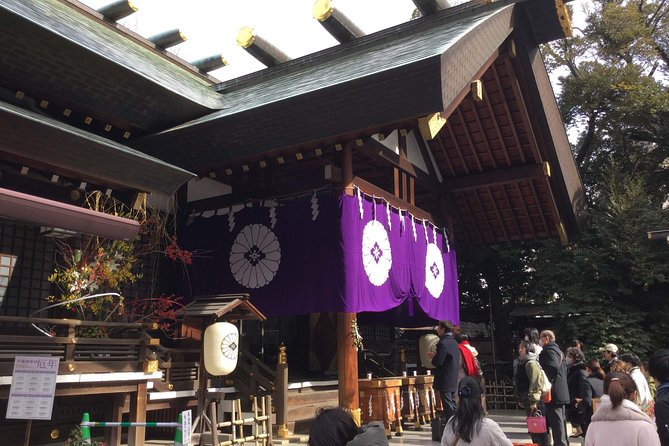
Influencing various aspects of daily life in Japan, Shinto practices and beliefs shape cultural norms and traditions.
-
Seasonal Festivals: Shinto influences many seasonal festivals like Hanami (cherry blossom viewing) and Obon (festival honoring ancestors), where people engage in spiritual practices and rituals.
-
Respect for Nature: The reverence for nature in Shintoism is reflected in Japanese lifestyle through practices like forest bathing (shinrin-yoku) and eco-friendly attitudes.
-
Family and Community Bonds: Shinto’s emphasis on family and community ties influences Japanese lifestyle by promoting harmonious relationships, ancestor veneration, and participation in cultural traditions.
Contemporary Relevance and Impact
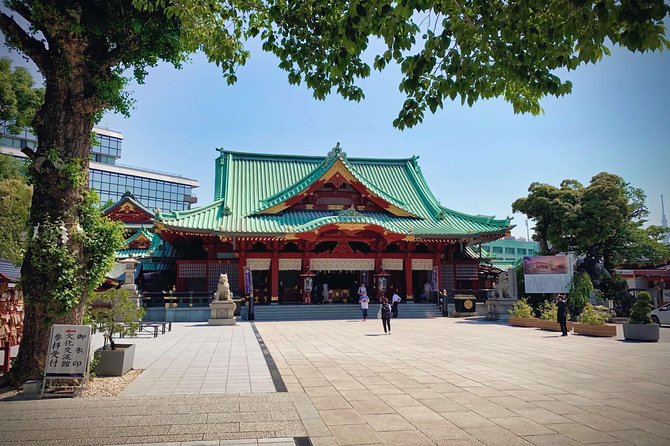
With its deep-rooted traditions and spiritual significance, Shinto continues to play a pivotal role in shaping contemporary Japanese society. The relevance of Shinto today is evident in various aspects of Japanese culture, from festivals and ceremonies to art and architecture.
Shinto’s cultural impact can be seen in the way it influences Japanese ethics, values, and social norms. Its emphasis on harmony with nature and ancestral reverence resonates in modern practices and beliefs.
On top of that, Shinto’s influence extends to popular culture, with references in literature, films, and media. Overall, Shinto’s enduring presence underscores its significance in maintaining a sense of identity and continuity in Japan, illustrating how ancient traditions continue to shape and enrich contemporary life.
Frequently Asked Questions
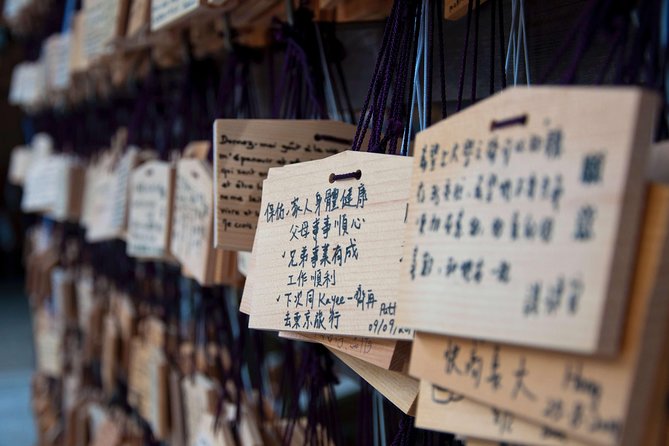
Can Visitors Participate in the Purification Rituals at the Shrines During the Tour?
Visitors can actively engage in purification rituals at the shrines during the tour, offering unique participation opportunities and culture. These traditional practices hold significant ritual importance, allowing guests to experience firsthand the essence of Shintoism.
Are There Any Restrictions on Photography and Video Recording During the Tour?
During the tour, participants may take photos and videos for personal use only. However, there are restrictions on commercial or public sharing. Plus, some areas might prohibit photography due to cultural or privacy reasons. No formal participation restrictions.
Is There a Dress Code or Specific Attire Recommended for the Tour of the Shinto Shrines?
There is no specific dress code for the Shinto shrines tour, but wearing traditional attire can enhance the cultural experience. It is not mandatory, but it holds significance in showing respect and immersing oneself in Japanese traditions.
Are There Any Specific Customs or Etiquette That Visitors Should Be Aware of Before Visiting the Shrines?
Visitors should bow before entering shrines, cleanse hands and mouth at purification fountains, and avoid loud behavior. Respect cultural traditions and historical significance. Follow spiritual practices like clapping and bowing during prayer. Embrace social interactions with humility.
How Does the Tour Accommodate Dietary Restrictions or Preferences for the Included Food Portion of the Experience?
The tour accommodates dietary restrictions and food preferences by offering traditional practices that respect cultural nuances. Participants can inform the guide in advance to ensure a personalized experience that aligns with their needs.
Final Words
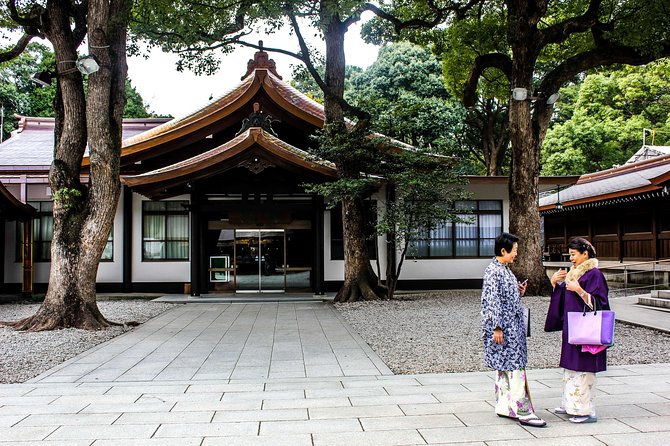
To sum it up, exploring Shintoism offers a unique insight into Japanese culture, mythology, and lifestyle. By delving into its origins, beliefs, practices, and influence on daily life, visitors can gain a deeper understanding of the spiritual and traditional aspects of Japan.
This immersive experience provides a captivating journey into the heart of Shinto, shedding light on the rich tapestry of Japanese traditions and offering a truly enlightening adventure.
